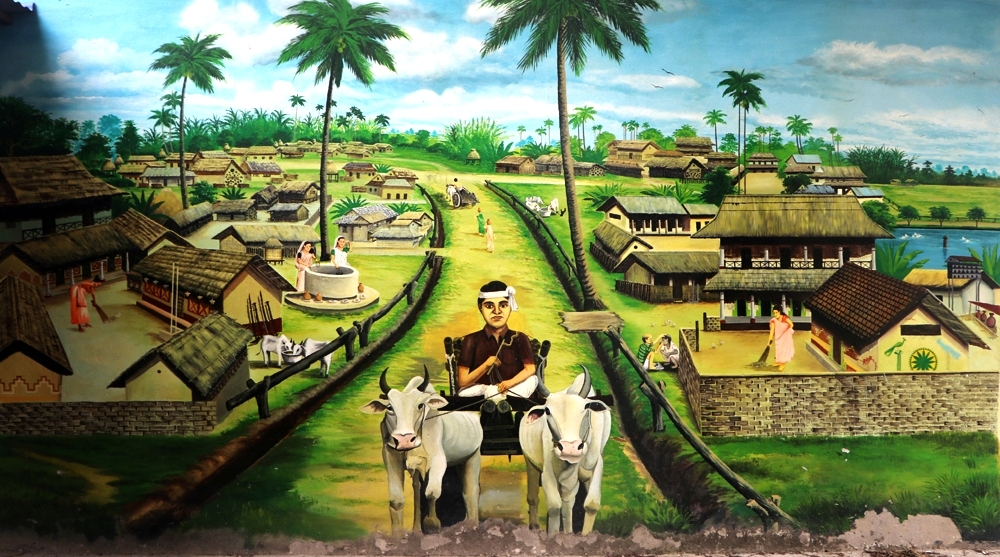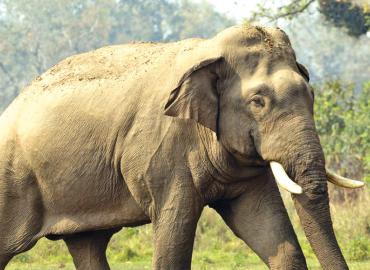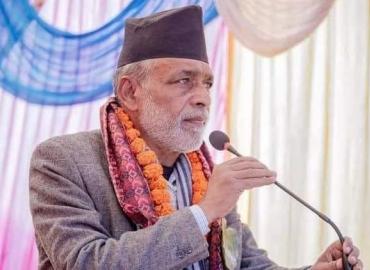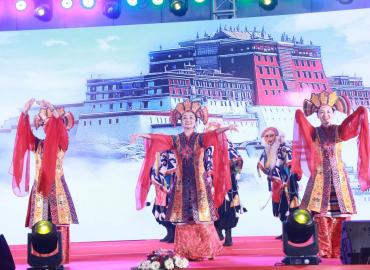- Prakash Banjara
There are many things in culture and traditions about which most of our younger generation is unaware of. With the change of time, our activities have also changed according to time. In order to keep our traditions and customs alive in a changed society, a museum of Tharu community has been built in Shivanagar, Ward no. 2 of Ramdhuni (Jhumka) municipality of Sunsari district. It is named Adivasi Janajati Museum. According to Fagulal Chaudhary, President of Museum Construction Committee, it has been developed as a Tharu museum to include the costumes and traditionally used items related to Tharu culture and tradition.
It was the idea of
communist leader and Constitution Assembly member Dharma Raj Niraula to
preserve the identity of Tharu community in Jhumka, which is their ancient
site. This idea resulted in the construction of a museum for Tharus. The
proposal of Mr. Niraula, who has also written songs like ‘Hamro Shivanagar
Ujyaalo Gaaun’, was seconded by deputy-mayor of Shivanagar municipality and
others. According to the leaders of the Tharu community, the proposal of
building a museum was brought to keep alive the indigenous traditions of
marriage, religion and customs that the Tharus are forgetting.
Fagulal says that while
working as a principal in Shivnagar Secondary School, a team of Harsh Lal
Chaudhary, Devendra Chaudhary, Durgesh Biswakarma and others of Ramdhuni
municipality visited the museum in Tulsipur of Dang, which is another
stronghold of Tharus, and conceived the idea of a museum in Jhumka.
The construction of the
museum which started with 700 thousand rupees worth of voluntary work and 3
million rupees of Provincial government’s budget is still not complete. There
are still many things related to Tharu customs and traditions which have not
been kept in the museum. In the decorative boxes of the museum, the jewelries,
clothes, costumes, fishing nets, baskets and satchels of Tharus are in the
process of being kept.
It is the only museum
in eastern Nepal which has been built to preserve the older customs and culture
and to inform the new generation about the identity of Tharus. It includes the
artistic paintings of Hari Shankar Chaudhary. Similarly, his team has also
built sculptures related to Tharu customs.
The museum has received 7 katha of land (1 katha = 3645 sq. ft.) with the help of the municipality. According to Fagulal, there is the plan to built an athlete village which will include a traditional Tharu settlement along with the arrangements of home stay for the tourists visiting the place.
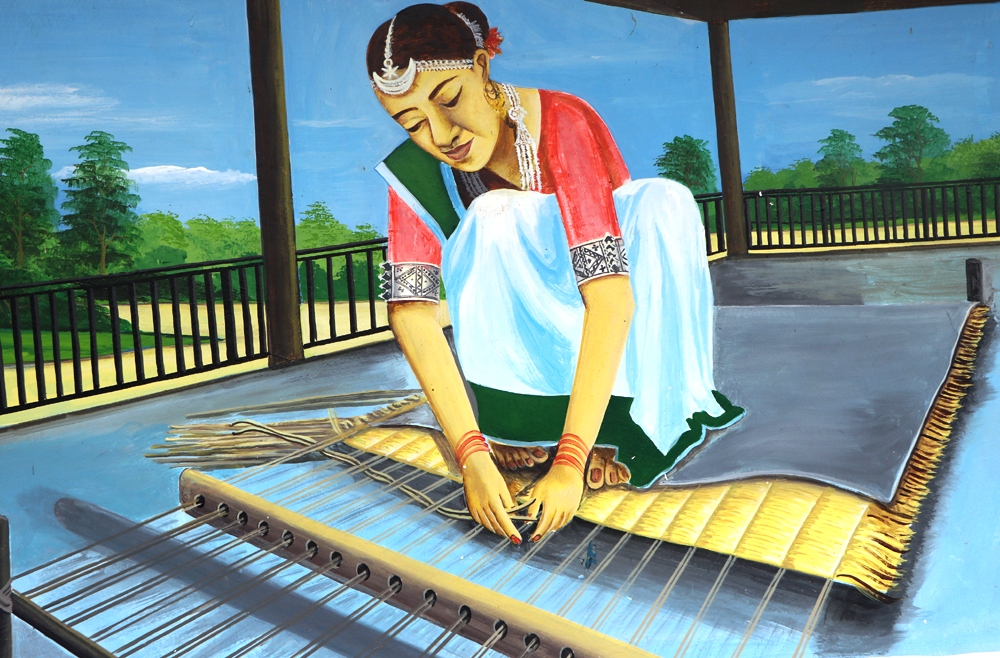
What is in the museum?
The Tharu museum, which is located in Shivanagar, Ward no. 2 of Ramdhuni municipality, contains various writings on the wall and other items related to Tharu culture and customs. The museum has wall paintings depicting women pounding a traditional mortar (okhal), old women looking after a pregnant woman, women cutting the umbilical cord of the baby after childbirth, electric lights hanging in front of a Tharu’s home, settlements reflecting Tharu culture and customs, makeup for wedding, funeral rites, farmers weaving ropes, Tharu fishermen carrying dhimauri and going for fishing, Tharu’s place of worship, ghalaichi for filtering water, container for storing paddy, animal carts, trunks and plough used by old Tharus.
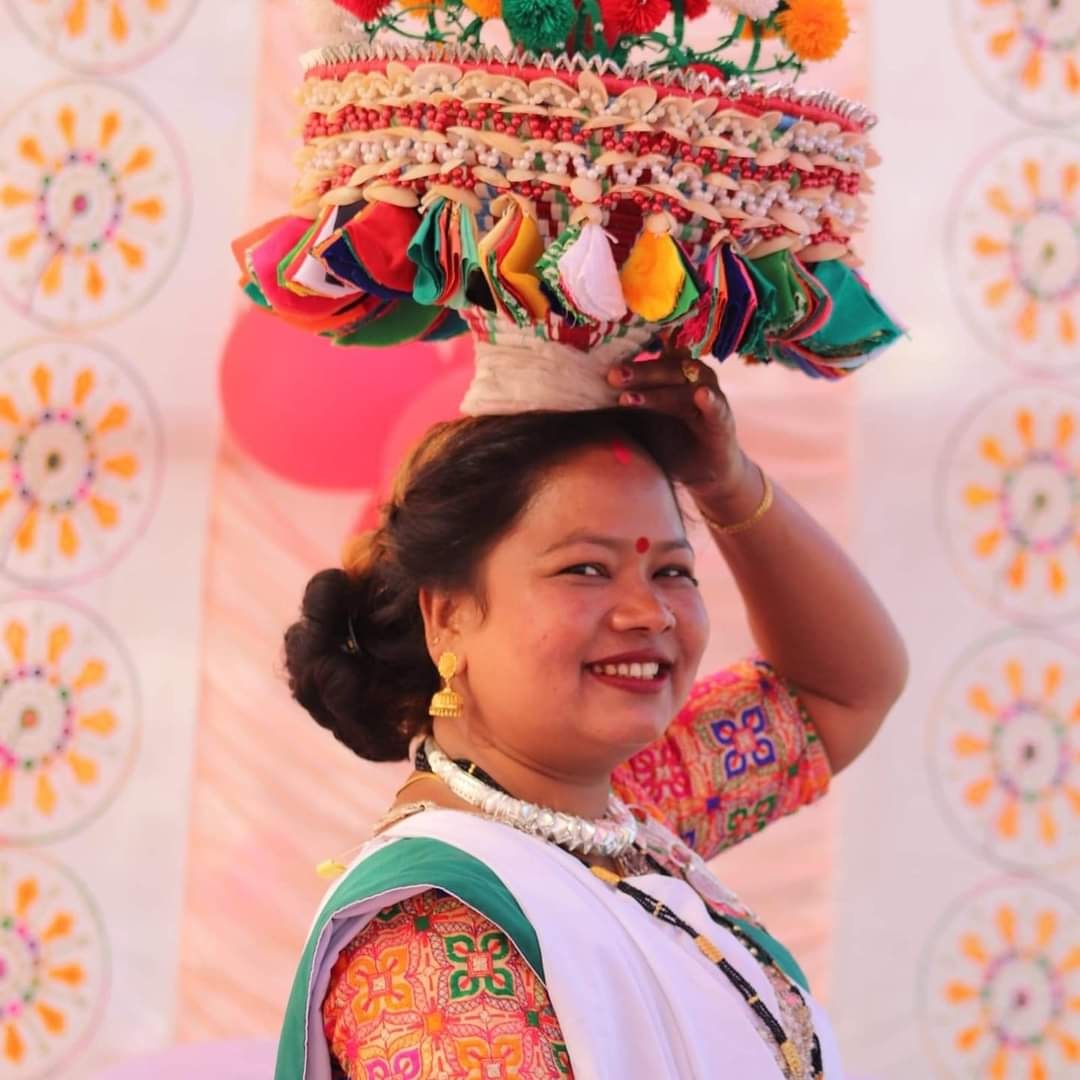
Sita
Tharuni
President
Tharu
Women Upliftment Society, Jhumka, Sunsari
Today’s
Tharu society is different than our ancestors. Tharus are the native sons of
Terai. They have many festivals and customs which should be preserved and
promoted. In order to preserve these customs and culture, Sita Chaudhary
Tharuni of Ramdhuni-1 has established a restaurant and fast food center named
Ghogi Bagiya Tharu Village. This restaurant prepares traditional Tharu fish
dishes like ghogi and bagiya.
Tharu
Women Upliftment Society was established under the leadership of Sita to
promote Tharu culture and custom. The society has encouraged the women to
engage in the preservation of their culture and traditions.
It
is necessary to celebrate and preserve the various festivals that have existed
since time immemorial to conserve our customs and culture. Festivals like Jitiya,
Siruwa, Fagu Purnima, Maghi are the important festivals of Tharus.
Similarly, Akhari Puja which is performed in Tharu village during
Ashad (June/July) and Namani Puja which is performed in Mangshir
(November/December) are also important religious festivals.
Similarly,
other several cultural items like dhama, mana, bena, kohavar, sama, bijli
are the important aspects of preserving and promoting Tharu culture. If
professional training can be conducted to teach and manufacture traditional
handmade trays used by Tharus, the identity of Tharus of Ramdhuni will be
linked t2o tourism and income generation. Sita Tharuni complained that due to
the lack of access to Tharu script, the new generation is forgetting their own
language and identity. ‘It is not enough for the Tharu leaders to be present in
tea shops, we should be able to provide our Tharu script to the new
generation,’ Sita says.
She
suggests that a calendar should be designed consisting of all the festivals
celebrated by Tharus. She says, ‘As the festivals get shorter, they will be
forgotten and fade away. So, we should not let them disappear.’
Tharu
museum should not be limited to only being a museum, but proper practice of
homestay should be developed for the food and lodging arrangements of the
tourists. Similarly, the tourists can also be taken to visit places like Raas
Lake, Shankarveli Lake and Ramdhuni Temple in order to further develop the
tourism sector of this area.

